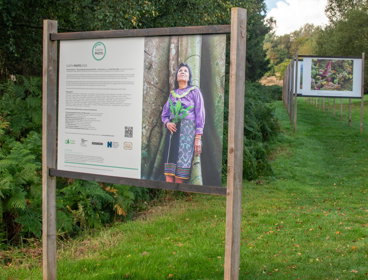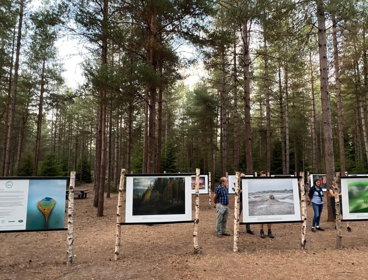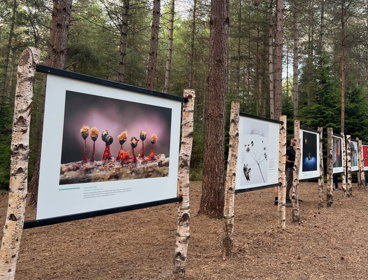We're sorry that the first part of this talk is missing.
Join us for the first event in our series celebrating the monumental Transglobe Expedition, the first expedition to achieve a longitudinal circumnavigation of the Earth using only surface transport. This remarkable journey, which took place from 1979 to 1982, remains one of the greatest feats of exploration and endurance in modern history.
In this talk, we will delve into the profound scientific contributions that emerged from the expedition. Professor Mike Stroud, renowned for his work in human physiology under extreme conditions, and Professor Chris McQuaid, a leading expert in marine biology and polar ecosystems, will discuss the diverse range of scientific research conducted during the expedition. The Transglobe Expedition provided invaluable data that continues to influence scientific research today.
This talk offers a unique opportunity to learn about the lasting legacy of this historic voyage. Don't miss the chance to be part of this special event as we kick off a day of celebrations dedicated to the Transglobe Expedition's enduring impact on science and exploration.



